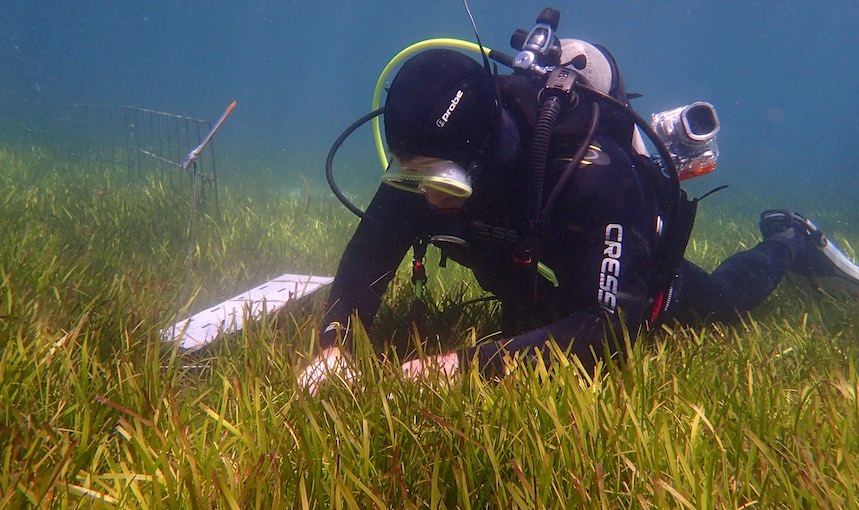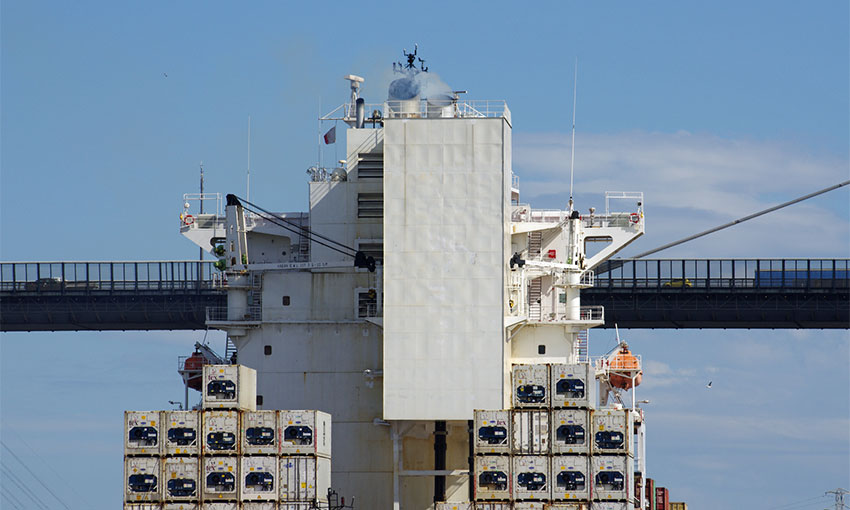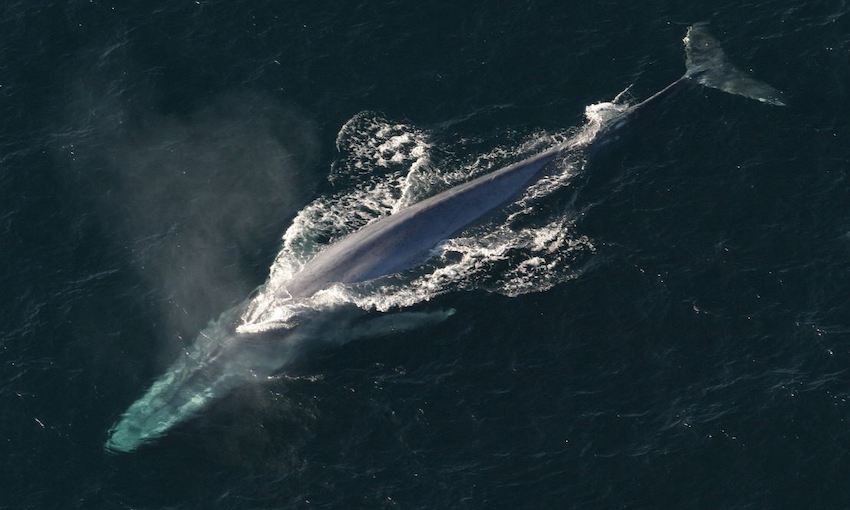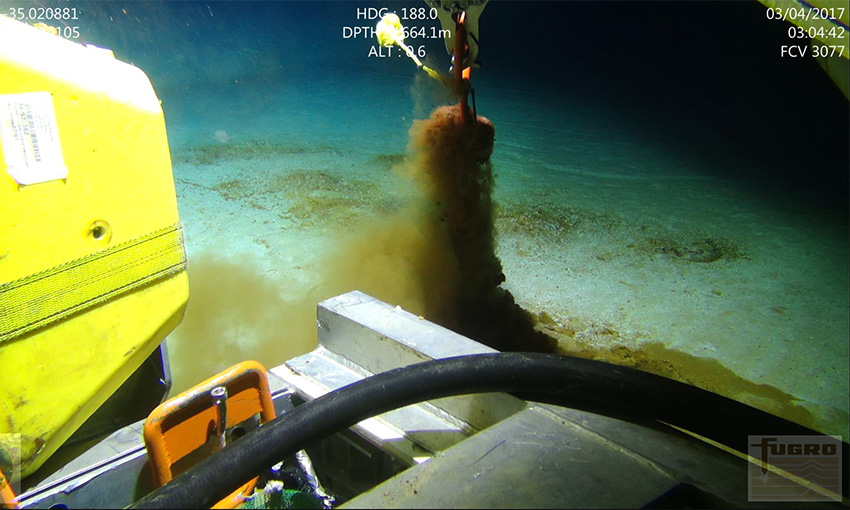NORTH Queensland Bulk Ports and Ports North are supporting a seagrass restoration project in the Great Barrier Reef.
Researchers from James Cook University’s Centre for Tropical Water and Aquatic Ecosystem Research (TropWATER) are leading the project.
The scientists plan to investigate restoration techniques for tropical seagrass species from the Great Barrier Reef to northern Western Australia.
Their aim is to create a blueprint for coastal managers to quickly restore seagrass meadows in high-priority regions.
The project builds on a long-term collaboration with NQBP and Ports North.
“We are proud to support this ground-breaking research that aims to provide practical solutions to safeguard seagrasses and the reef,” NQBP sustainability and environment senior manager Simona Trimarchi said.
NQBP said the research is a significant next step in TropWATER’s long-term partnership with industry and will benefit from the decades of data already gathered.
Paul Doyle, Ports North general manager of corporate affairs and sustainability, said Ports North takes its environmental responsibilities seriously.
“Together with JCU’s TropWATER Centre we’ve supported seagrass monitoring and research for almost three decades across the ports of tropical Queensland,” he said.
TropWATER’s associate professor Michael Rasheed said future-proofing seagrass meadows helps reverse the global decline of tropical seagrasses.
“Seagrasses are critical ecosystems,” he said.
“They provide habitat for fish, they power coastal marine productivity, and they sequester carbon to help combat climate change – but they’re under increasing pressure from extreme weather events, coastal development and declining water quality.”
Mr Rasheed said climate models predict future conditions will see more frequent seagrass loss in tropical Australia, making it essential to have tools at hand for effective intervention and restoration.
“We’re investigating the most effective ways to restore different seagrass species, and developing the tools needed for rapid restoration on local and regional levels.”
The project is funded by a grant of more than $450,000 from the federal government’s Australian Research Council.





